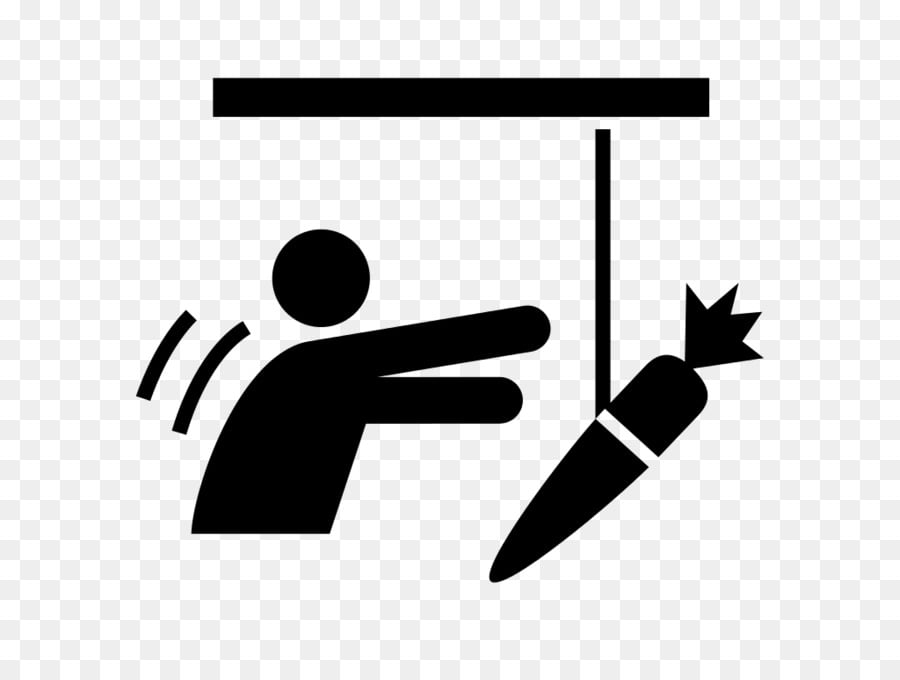Proactive Risk Management: A Strategic Blueprint for Business Success
In today's volatile business environment, anticipating and mitigating potential threats is no longer a luxury, but a necessity for sustained success. Strategic risk management isn't merely about reacting to crises; it's about proactively shaping the future. This comprehensive guide explores the essential elements of a robust risk management framework, providing actionable strategies and real-world examples to help organizations navigate uncertainty and thrive.
Defining the Strategic Risk Landscape: Strategic risks represent significant threats that can derail an organization's objectives. These threats originate from various sources, including economic downturns, technological disruptions, evolving regulatory landscapes, geopolitical instability, and unpredictable market fluctuations. A thorough understanding of this complex interplay is foundational to effective risk management. Identifying these potential threats requires a multi-faceted approach, combining internal assessments with external market analysis. Consider, for instance, the potential impact of a sudden rise in raw material costs on a manufacturing company, or the effect of a cybersecurity breach on a financial institution. These examples highlight the need for a proactive, rather than reactive, approach.
The Power of Proactive Risk Monitoring: Proactive risk monitoring shifts the paradigm from damage control to preventative action. By identifying potential threats early, organizations can implement timely interventions, mitigating the severity of their impact. This proactive stance not only prevents operational disruptions but safeguards the long-term health and sustainability of the organization. Early warning systems, combined with robust contingency plans, become crucial tools in navigating unforeseen challenges.
A Structured Risk Assessment Process: The initial step involves a rigorous assessment of both internal vulnerabilities and external threats. This requires a comprehensive understanding of the competitive landscape, emerging industry trends, and the organization's inherent strengths and weaknesses. A SWOT analysis, combined with scenario planning, can prove invaluable in this process. For example, a retail company might assess its vulnerability to online competition, while a healthcare provider might analyze the potential risks associated with data privacy regulations.
Quantifying and Prioritizing Risks: Once identified, risks must be quantified to facilitate effective prioritization. This involves assigning probability and impact scores to each risk, allowing for a data-driven approach to resource allocation. A risk matrix, visually representing the probability and impact of various threats, helps to quickly identify high-priority areas requiring immediate attention. This approach ensures that limited resources are focused on the most critical risks, maximizing impact and minimizing potential losses.
Establishing Risk Tolerance Levels: Every organization has a unique risk appetite – the level of risk it is willing to accept in pursuit of its objectives. Clearly defined risk tolerance levels inform strategic decisions about risk mitigation, transfer, acceptance, or avoidance. Establishing these parameters is crucial for aligning risk management with the overall business strategy and ensuring consistency across the organization. A well-defined risk tolerance framework clarifies decision-making processes and reduces ambiguity.
Developing and Implementing Mitigation Strategies: After identifying and quantifying risks, tailored mitigation strategies are crucial. These strategies can include contingency planning, diversification of operations, technological investments, strategic partnerships, or insurance coverage. For example, a manufacturing company might mitigate supply chain risks by diversifying its sourcing or investing in advanced inventory management systems. A thorough cost-benefit analysis should be conducted to determine the optimal approach for each identified risk.
Continuous Monitoring, Evaluation, and Adaptation: Risk monitoring isn't a static process; it's a continuous cycle of assessment, adaptation, and improvement. Regular reviews, reassessments, and adjustments to risk management strategies are critical to ensure that the plan remains relevant in the face of evolving circumstances and emerging threats. This dynamic approach fosters organizational agility and resilience.
Harnessing the Power of Technology and Data Analytics: Advanced technologies and data analytics provide powerful tools to enhance risk monitoring. These technologies can identify patterns, track key risk indicators (KRIs), and provide real-time insights, enabling proactive decision-making. Predictive analytics, for instance, can forecast potential market downturns, allowing businesses to adjust their strategies accordingly. This proactive approach minimizes surprises and maximizes preparedness.
Learning from Past Experiences: Analyzing past incidents and near misses provides valuable lessons and insights into recurring risks. Post-incident analysis, including root cause identification and corrective actions, informs the development of preventative strategies, minimizing the likelihood of similar events in the future. This continuous learning cycle is essential for improving the overall effectiveness of the risk management framework.
Fostering a Culture of Risk Awareness: Effective risk management requires a collective effort. Creating a culture of risk awareness across all levels of the organization encourages proactive participation in identifying and reporting potential threats. This shared responsibility creates a robust risk management system where everyone is empowered to contribute to the organization's safety and security.
Collaboration, Communication, and Expertise: Open communication and collaboration among cross-functional teams are crucial for effective risk monitoring. This fosters a comprehensive understanding of potential threats, leveraging diverse perspectives and expertise. Involving external experts and consultants can provide valuable insights, particularly for complex or specialized risks. This ensures a well-rounded and informed approach to risk management.
Building Organizational Resilience and Agility: Proactive risk management significantly enhances organizational resilience and agility. By proactively addressing risks, businesses are better positioned to adapt to change, make informed decisions under pressure, and maintain a competitive edge in dynamic markets. This adaptability is a critical factor in long-term success.
Conclusion: Strategic risk management is not just a compliance exercise; it’s a strategic imperative for long-term success. By embracing a proactive, data-driven, and collaborative approach to risk management, organizations can navigate uncertainty, mitigate threats, seize opportunities, and achieve sustainable growth in today’s increasingly complex and volatile business landscape. The journey toward robust risk management is an ongoing process of learning, adaptation, and continuous improvement – a journey that ultimately enhances organizational resilience and unlocks greater potential.






